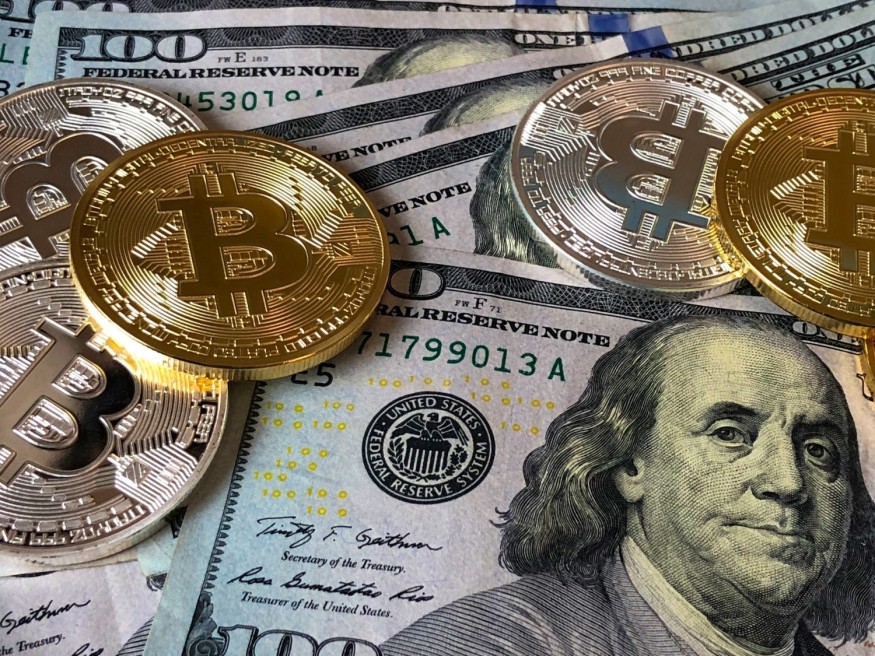A Journey Through Latin American Currencies: Past, Present, and Future

Latin America, a region known for its rich cultural diversity, stunning landscapes, and complex history, has also seen a colorful array of currencies throughout its history. From the pre-Columbian era to the modern digital age, the currencies of Latin America have evolved significantly, reflecting the region's economic, political, and social changes. In this article, we will take a journey through time to explore the fascinating history of currencies in Latin America, from ancient forms of trade to contemporary digital payment methods with only a cardholder needed.
Pre-Columbian Era: Barter and Indigenous Currencies
Before the arrival of European explorers and colonizers, Latin America was home to various indigenous civilizations that used barter systems and commodity-based currencies. These included cacao beans in the Aztec and Mayan cultures and quillwork in Andean societies. These unique currencies not only facilitated trade but also played a significant role in the social and cultural fabric of these civilizations.
Spanish Colonization: The Peso and Pieces of Eight
The Spanish conquest of Latin America in the 16th century introduced European-style coinage to the region. The Spanish silver dollar, known as the "piece of eight," became the dominant currency in the colonies. It was widely accepted across Latin America and played a pivotal role in trade between the colonies and Spain.
During this period, the Spanish colonial mints in Mexico, Peru, and other territories began producing local versions of the Spanish dollar. In Mexico, the Mexican Peso was born, while in Peru, the Peruvian Sol was introduced. These early currencies laid the foundation for modern Latin American monetary systems.
Independence and National Currencies
The 19th century brought waves of independence movements across Latin America, leading to the emergence of numerous sovereign nations. With independence came the need for new national currencies. Countries like Argentina, Brazil, Chile, and Mexico introduced their own currencies, often named after historical figures or symbols of national identity.
Inflation and Currency Crises
In the 20th century, many Latin American countries faced economic challenges, including hyperinflation and currency devaluation. Argentina, for example, experienced multiple currency crises that eroded the value of the Argentine Peso. In response, some nations pegged their currencies to the U.S. dollar, while others introduced new monetary policies and currency reforms.
Modernization and Digital Currencies
In the 21st century, Latin American countries have embraced digital currencies and electronic payment systems. Many citizens now use a white or black wallet for their credit cards, or their phone for mobile payment apps, and online banking for their financial transactions. Governments have also explored the possibilities of digital currencies and blockchain technology to improve financial inclusion and reduce fraud.
Challenges and Opportunities
While Latin America has made significant strides in modernizing its currency systems, the region still faces economic challenges, including income inequality, corruption, and political instability. These issues continue to impact the value and stability of local currencies.
The history of currencies in Latin America is a testament to the region's resilience and adaptability. From ancient barter systems to the digital age, Latin American currencies have evolved in response to changing economic and political landscapes. As the region continues to develop and confront its unique challenges, its currencies will undoubtedly play a crucial role in shaping its future.
Subscribe to Latin Post!
Sign up for our free newsletter for the Latest coverage!

















